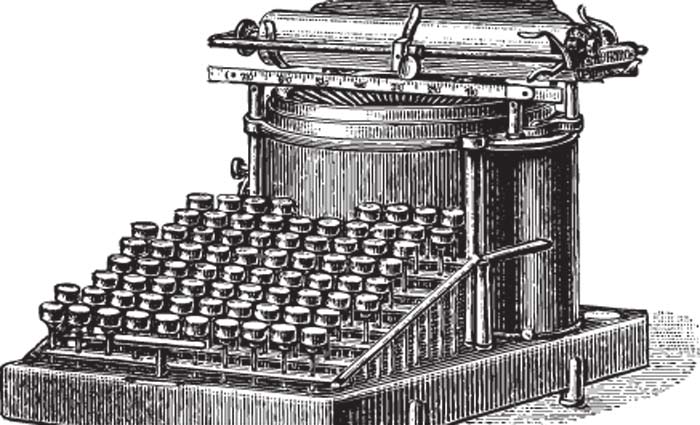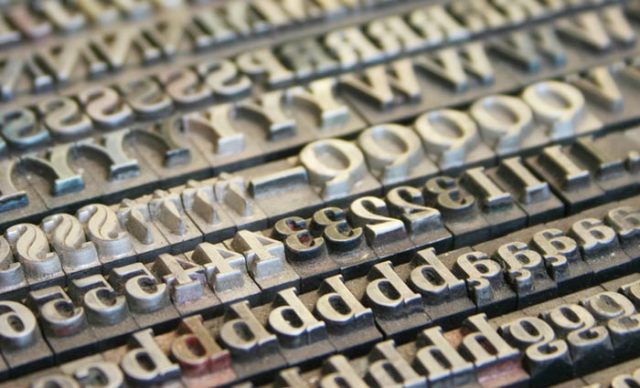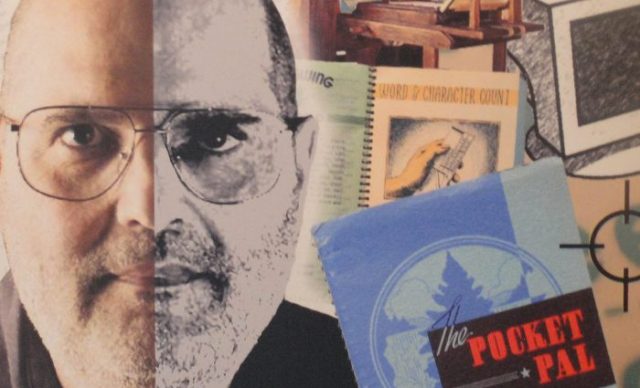

He was a shorthand writer and private secretary to US Secretary of State Seward during the Civil War. His business involved transcribing Supreme Court testimony. Clephane sought a way to transcribe his notes quickly and in multiple forms.
He was the first user of the typewriter and wore out the first two typewriters himself. Clephane could transcribe his shorthand rapidly, but it still took as long for the printer to deliver copies. Clephane imagined a machine that could link with lithographic printing or make stereotypes to cast metal type. He sought the aid of a machine shop in Baltimore owned by August Hahl, Ottmar Mergenthaler’s cousin. Mergenthaler (1854-1899) emigrated to the US in 1872 and became a citizen in 1878. His third version of a typesetting machine used a keyboard to assemble lines of matrices (molds) prior to casting a one-piece slug in molten metal. Mergen-thaler received financial backing from groups of newspaper publishers. The first Linotype was installed in the New York Tribune in 1886.
Typewriter patents date to 1713. The first typewriter was built by Pellegrino Turri in 1808. The ‘writing ball’ of Danish pastor Malling Hansen (1870) looked like a pincushion and pre-dated the IBM Selectric type ball. A publisher-politician-tinkerer named Christopher Latham Sholes was working on a machine to automatically number the pages in books, when the idea was exten-ded to print the entire alphabet. An article from Scientific American found agreement that ‘typewriting’ was the wave of the future. The Sholes & Glidden Type Writer was produced by gun maker E Remington & Sons in Ilion, New York from 1874-1878.
Mark Twain first heard about James Paige and his automatic typesetting machine in 1880 and invested $5,000. By 1887, Twain had invested a total of $50,000 and was putting in about $3,000 a month. He bought the rights to the machine in 1889. Within a few more years, the machine, among a series of bad speculations, bankrupted him. The Paige machine had more than 18,000 parts. Before it worked consistently, the Linotype swept the market.
Sholes was the 52nd person to invent the typewriter; Mergenthaler was the first to invent mechanised typesetting. Only Clephane saw that the two worlds would some day merge.
Frank Romano is professor emeritus at the Rochester Institute of Technology
Comment below to have your say on this story.
If you have a news story or tip-off, get in touch at editorial@sprinter.com.au.
Sign up to the Sprinter newsletter



